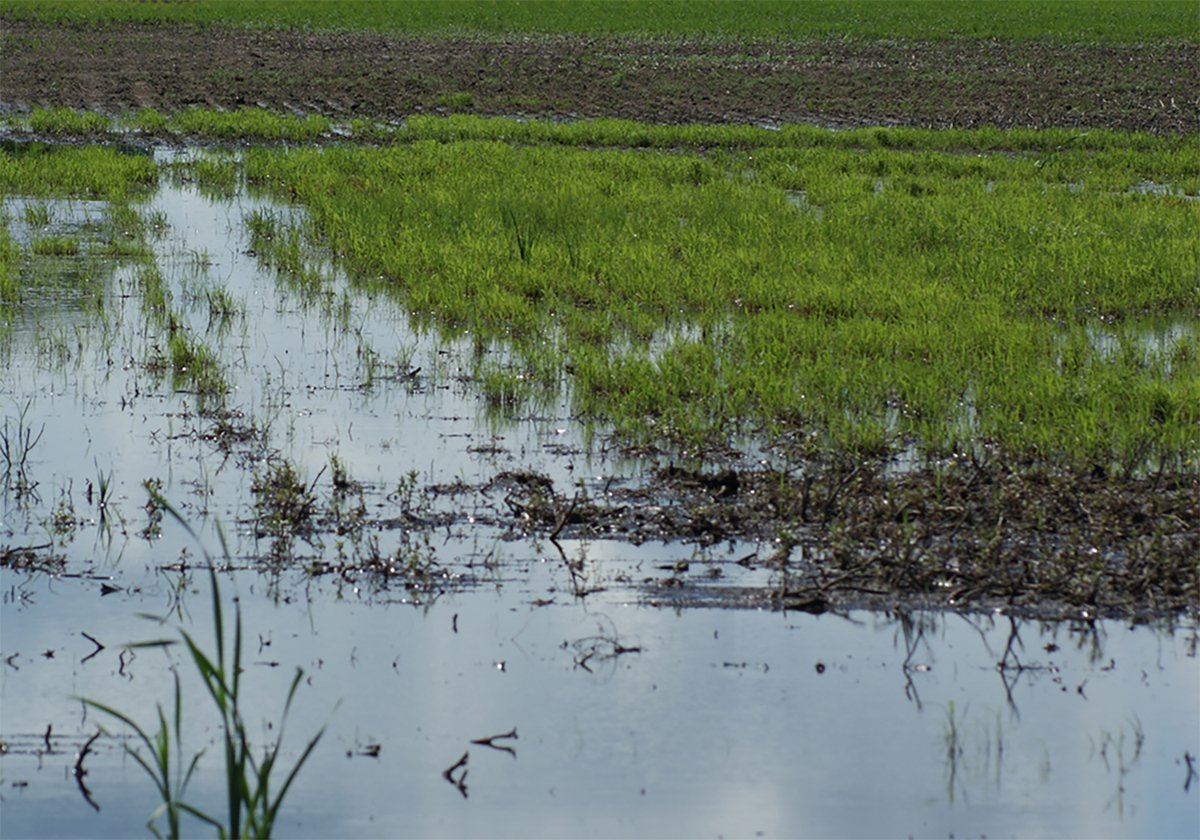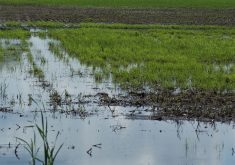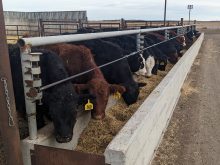In about six weeks, in the middle of a dark December night, with temperatures more than 10 degrees below zero, squads of farm workers will move quickly among the grapevines of southern Ontario.
Their mission will be to pick well-frozen grapes before the morning thaw, grapes that can be used to produce the sweet “ice wine” that has impressed European and Japanese taste buds so much that it sells for more than $50 a bottle.
That’s just one of many ways that Ontario’s dynamic agricultural sector is developing niche markets and realizing value-added opportunities.
Read Also

Topsy-turvy precipitation this year challenges crop predictions
Rainfall can vary dramatically over a short distance. Precipitation maps can’t catch all the deviations, but they do provide a broad perspective.
A recent bus tour of agricultural operations in the lush, fertile Niagara peninsula, where some of the sweetest peaches in the world can be produced, also turned up a farm that is converting from peaches to ostriches.
Why? Because cold analysis of market trends showed developing vulnerability in peach marketing and transportation costs. Ostriches also offer the opportunity to market products like hide and feathers.
Meanwhile, down the road, a large, multigenerational farm family is working hard to expand its greenhouse operation. Within giant, climate-controlled chambers, potted plants are neatly organized in groups eight feet wide by 100 feet deep. One such field of concrete, about a fiftieth of an acre, can hold potted plants with a retail value of $5,000 – and there are dozens after dozens of such fields.
Common themes in many such ventures include the producers’ desire to gain more control over their destiny, through everything from identifying niche markets to moving up the value-added ladder, closer to consumers.
Not all Prairie farm families can build up large secondary-processing operations. Nor do they enjoy Niagara’s temperate climate.
But Prairie producers can still participate in value-added operations and share in the returns from processing – if they work together.
By allying to form specialized “new generation” co-operatives, or joining community groups that invest in projects like hog barns, or participating in broader farmer-controlled organizations, producers can get more of their fair share of the profits made from the fruits of their labor.
Agriculture, from hogs to hemp, is in a dynamic growth phase. This means increasing revenue for individuals and companies that provide production inputs, professional services, processing, transportation and financing. It would be a shame if producers were left with only the comparatively small returns they can get in competing among themselves to sell raw product.














